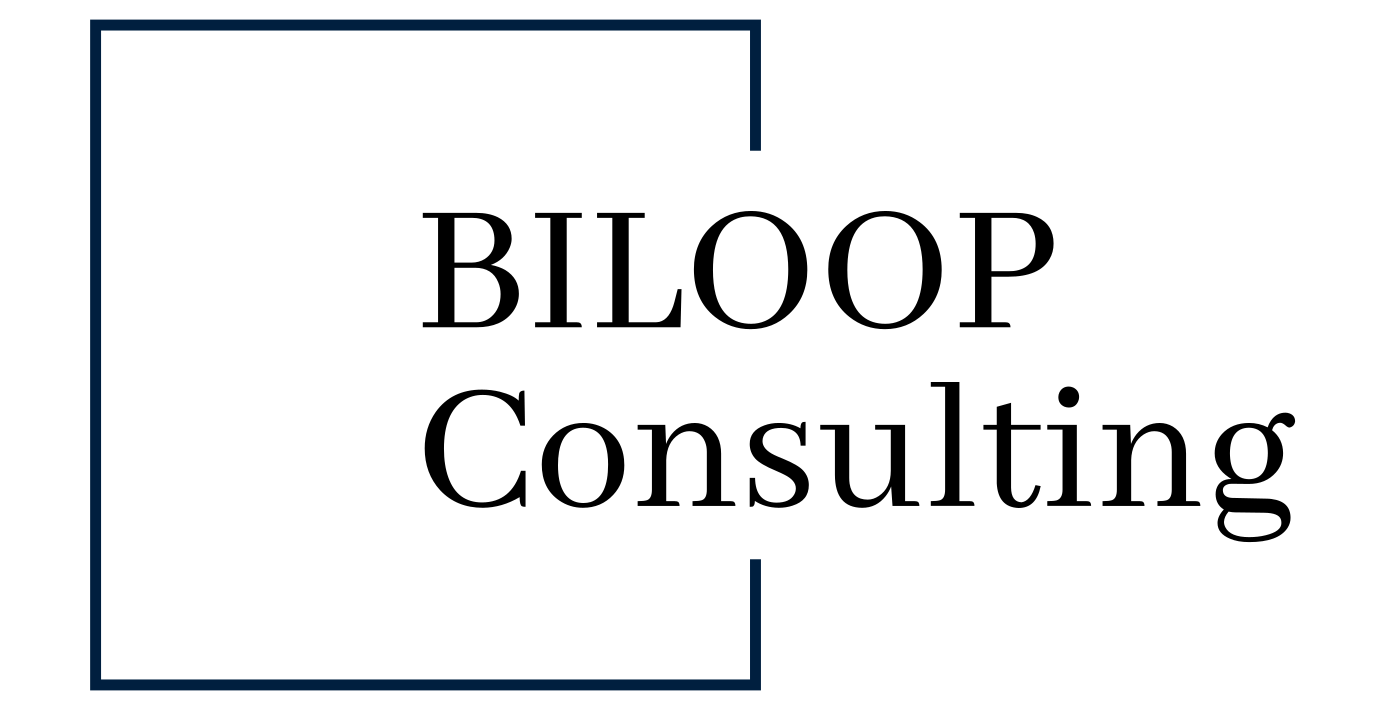Business development and innovation are essential drivers of corporate success. However, many organizations fail to translate their innovation efforts into measurable results or achieve sustainable business development. The reason: a lack of alignment. Why is alignment so crucial, and how can it be used specifically to promote business development and innovation?

What does alignment mean in the context of business development and innovation?
Alignment refers to aligning all relevant elements of a company – from strategy to processes to people – towards common goals. In the area of business development and innovation, this means:
- Strategic alignment: Ensuring that innovation and development initiatives are in line with the overall corporate strategy.
- Cross-functional collaboration: Focusing departments such as R&D, marketing, sales, and IT on common priorities.
- Resource bundling: Efficiently using time, capital, and human resources to achieve maximum impact.
- Cultural integration: Fostering a corporate culture that supports innovation and continuous improvement.
The Benefits of Alignment for Business Development
- Clear focus on growth goals: With alignment, companies can ensure that their business development activities are focused on the most important growth areas. This reduces scatter loss and increases effectiveness.
- Practical example: A medium-sized company in the food industry decided to open up new foreign markets. Thanks to alignment, product development, logistics, and marketing were aligned with the requirements of the target market from the outset, which significantly accelerated market launch.
- Accelerated decision-making processes: Through unified objectives and transparent communication, decision-making processes are simplified and accelerated.
- Practical example: A tech startup used alignment to coordinate the market launch of a new software. Through clear priorities and a cross-functional task force, the product could be launched on the market earlier than planned.
- Sustainable customer loyalty: Business development benefits from alignment by consistently putting the customer perspective at the center. Products and services are developed in a way that offers real added value and binds customers in the long term.
- Practical example: A service provider developed an innovative app for its customers. Thanks to early involvement of customer feedback and cross-functional collaboration, the app was not only functional but also a sales driver for upselling offers.
The Benefits of Alignment for Innovation
- Effective idea generation: Alignment promotes an open innovation culture where ideas from different areas come together. This leads to more creative and diverse solutions.
- Practical example: An association relied on cross-functional workshops to develop ideas for new workshop formats. Through alignment, these ideas were further developed and successfully implemented.
- Reduction of innovation barriers: Innovations often fail due to internal resistance or lack of support. Alignment helps to overcome such barriers by involving all stakeholders from the outset.
- Practical example: A media company implemented a new digital tool for measuring content preferences. Alignment ensured that both the editorial team and sales worked together from the beginning, which made implementation much easier.
- Faster time to market: Alignment accelerates the innovation process by defining clear goals and optimizing the cooperation of all involved.
- Practical example: A supplier brought a new product line for electric mobility to market within a year – a process that previously took two years. The reason was close coordination between product design, production, and sales.
How alignment can be used specifically
- Strategic planning: Regular workshops and alignment sessions to ensure that business development and innovation goals are clearly defined.
- Cross-functional communication: Using platforms and tools to facilitate exchange between departments.
- Cultural change: Sensitizing employees at all levels to the importance of innovation and growth.
- Measurable results: Defining KPIs to evaluate and visualize the success of business development and innovation initiatives.
Conclusion
Alignment facilitates not only the initiation and implementation of business development and innovation but also maximizes growth and innovation potential. By systematically aligning all relevant business areas, decision-making is accelerated and barriers are removed.

